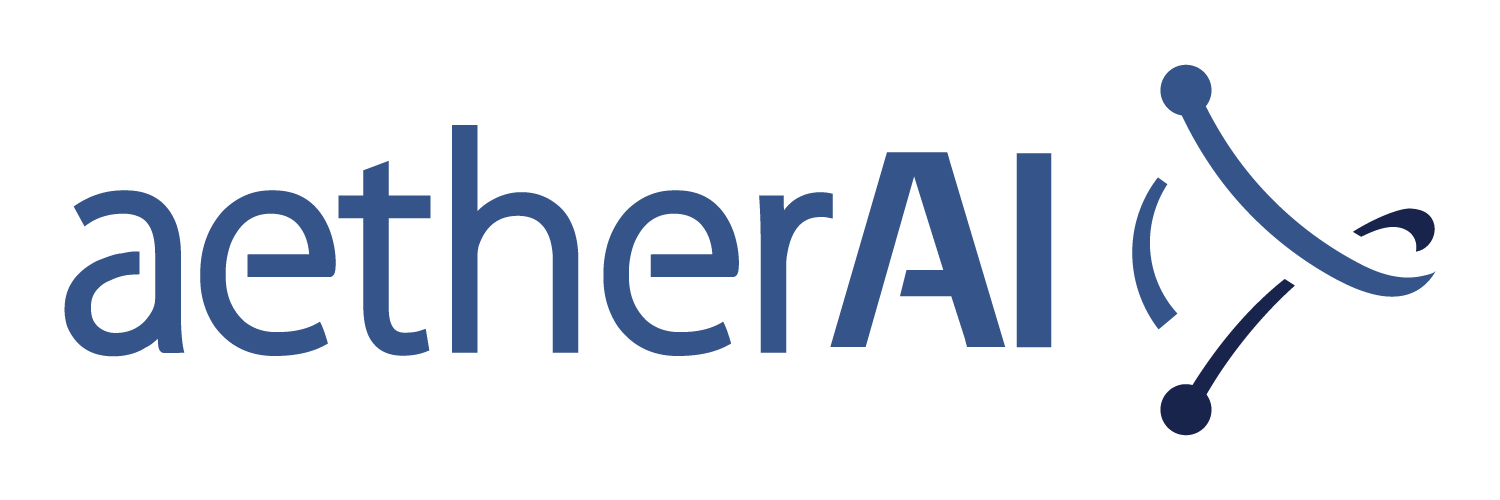New Tissue Sample Marking Technology Takes The First Stage of Cancer Detection Beyond the Microscope-Assisted Eye
New software developed by biotechnology specialists PathXL in Belfast, Northern Ireland, provides pathologists with the potential to measure hundreds of cancer characteristics in tissue, improving what can be achieved with the naked eye and conventional microscope–based inspection.
TissueMark software, which works with all the major slide scanning platforms, delves more closely into the structure of tissue samples and renders a tissue heat map that provides far more actionable information about the tissue than can be achieved through manual inspection. The software is precisely tailored for use in the detection of several forms of cancer and in just a few seconds can simultaneously inspect hundreds of image features, compared to the 10 or so available to the trained naked eye. Many of these features involve minute changes in colour information and pixel organization that are associated with the cancer cells and tissues.
The system depends on the software’s unrivalled ability to measure and automatically detect tiny incremental changes in image pattern, which are often subtle and not visible to the naked eye. TissueMark can reliably detect these abnormal image patterns and consistently mark the area of cancer against a complex background of normal or non-malignant cells.
TissueMark also overrides one of the most significant problems in manual tissue sample slide marking. While the human eye is good at recognizing broad patterns in images and assessing context, it lacks the ability to precisely measure subtle deviation in colors and pattern. This can lead to diagnostic inconsistency between pathologists who are reviewing the same case and errors in interpretation. It is the consistency and accuracy provided by TissueMark analysis that complements the skills of a pathologist.
Des Speed, CEO of PathXL, said: “TissueMark is a very significant development in digital pathology. In the same way that robotic telescopes, overseen by astronomers, are mapping the universe, digital pathology tools such as TissueMark, overseen by pathologists, are unlocking new insights into the development of disease and potential cures.”
Over an 18-month development period, PathXL worked with five expert pathologists from Queen’s University. The team compared mark ups from pathologists with the results generated by pre-launch BETA versions of the TissueMark software. Pathologists were also asked to mark up the same tissue samples more than once. Without exception, there were always significant differences in the manually marked-up slides. In a clinical context, these could in some cases have led to false negatives, adding time and duplication to the pathology process. TissueMark examination of the same slides led to consistent, accurate analysis every time. Several recent published studies have found similar inaccuracies in the manual slide marking process and particularly in the assessment of tumor cell numbers, which in modern molecular pathology is extremely important. (See notes to editors).
TissueMark is also extremely rapid and so removes a major potential bottleneck in clinical processes, speeding up diagnosis, eliminating false positives and freeing pathologists to concentrate on the many important tasks that require specialist human intervention. The software is able to mark as many tissue samples in ten minutes (in greater detail and with greater accuracy) than an experienced pathologist can mark in a day.
Des Speed added: “Technology in many sectors is enabling us to take a much closer look at the way that the human body operates. At PathXL we specialize in the analysis of tumor tissue and we are proud that TissueMark is enabling better understanding of the mechanisms involved in the progression of certain types of cancer. Our focus is on the optimum partnership between human and computer-based analytical capabilities. This will enable us to provide the Pathologist with better tools that bring utility and greater detail and clarity to the analysis of human disease processes.”
References:
Alexander J J Smits, J Alain Kummer, Peter C de Bruin, Mijke Bol, Jan G van den Tweel, Kees A Seldenrijk, Stefan M Willems, G Johan A Offerhaus, Roel A de Weger, Paul J van Diest and Aryan Vink. The estimation of tumor cell percentage for molecular testing by pathologists is not accurate. Modern Pathology2013; [Epub ahead of print]. PMID: 23887293
Viray H, Li K, Long TA, Vasalos P, Bridge JA, Jennings LJ, Halling KC, Hameed M, Rimm DL. A prospective, multi-institutional diagnostic trial to determine pathologist accuracy in estimation of percentage of malignant cells. Arch Pathol Lab Med. 2013;137(11):1545-9. PMID 24168492
Hamilton PW, van Diest PJ, Williams R, Gallagher AG. Do we see what we think we see? The complexities of morphological assessment. J Pathol. 2009;218(3):285-91. PMID: 19291709
Source: PathXL
































